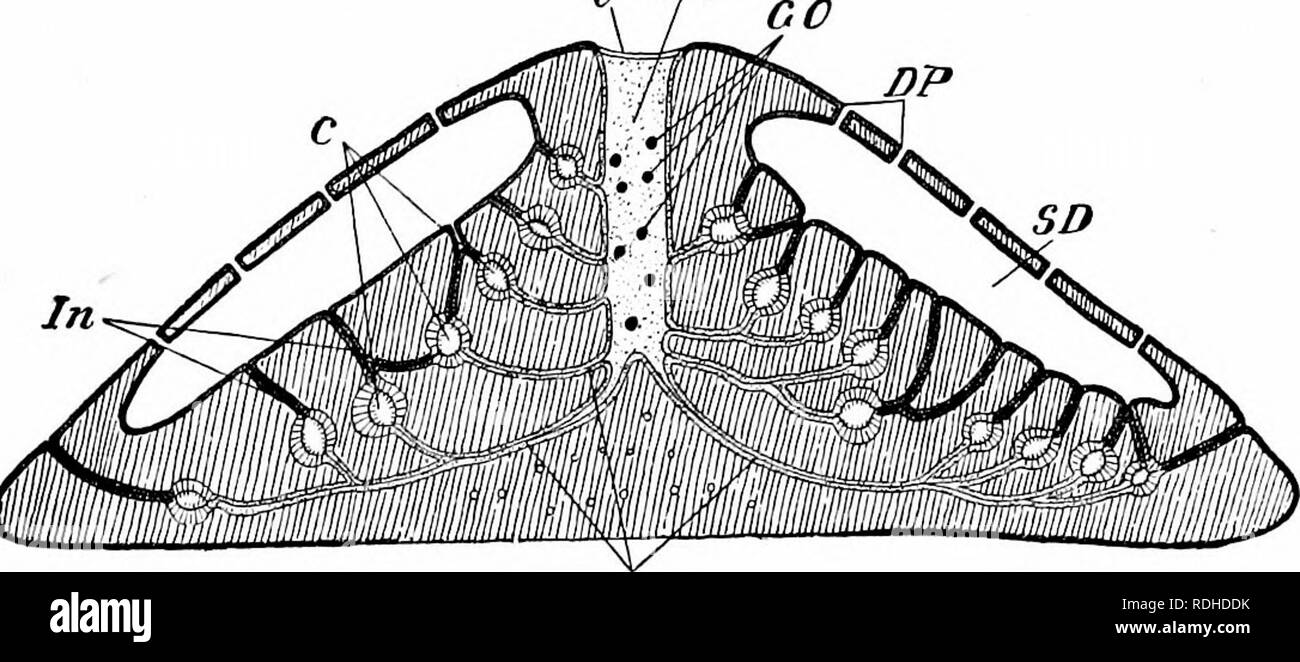


There is a gelatinous, non-cellular mesoglea, in between these two layers. They are diploblastic animals with two layers, the outer dermal layer and the inner gastral layer.Body shape can be cylindrical, vase-like, rounded or sac-like.They are generally marine aquatic organisms, with a few freshwater species.Browse more Topics under Animal Kingdomĭownload Animal Kingdom Cheat Sheet BelowĬharacteristic Features of Phylum Porifera It is the beating of this flagellum from all choanocytes that moves the water all through the body of the sponge. Cells called as Choanocytes or collar cells line up the spongocoel and canals, with their flagellum protruding out. Water enters through the ostia into the spongocoel and goes out through the osculum. Their bodies have a large central cavity called the spongocoel. They generally feed on bacteria and other food particles that are present in the water. Their bodies do not show any symmetry and their shape is adapted so as to allow maximum efficiency of water flow through the central cavity that is present inside. Instead, they have a water transport or canal system, which achieves the functions of digestion, excretion and also an exchange of gases. Organisms belonging to this phylum do not have specialised digestive, nervous or circulatory system. The body structure of sponges is designed in such a way that water moves through the body, where it can filter out food and also absorb the dissolved oxygen, along with eliminating waste material. The body of the sponges has many holes or pores called ostia. Water plays a major role in the feeding, exchange of gases and as well as excretion. Sponges live in an aquatic habitat as they have to have an intimate contact with water. Even though they are multicellular, they do not have any tissues or organs. These are by far the simplest multicellular animals. This group of animals is probably considered as the oldest animal group.


 0 kommentar(er)
0 kommentar(er)
